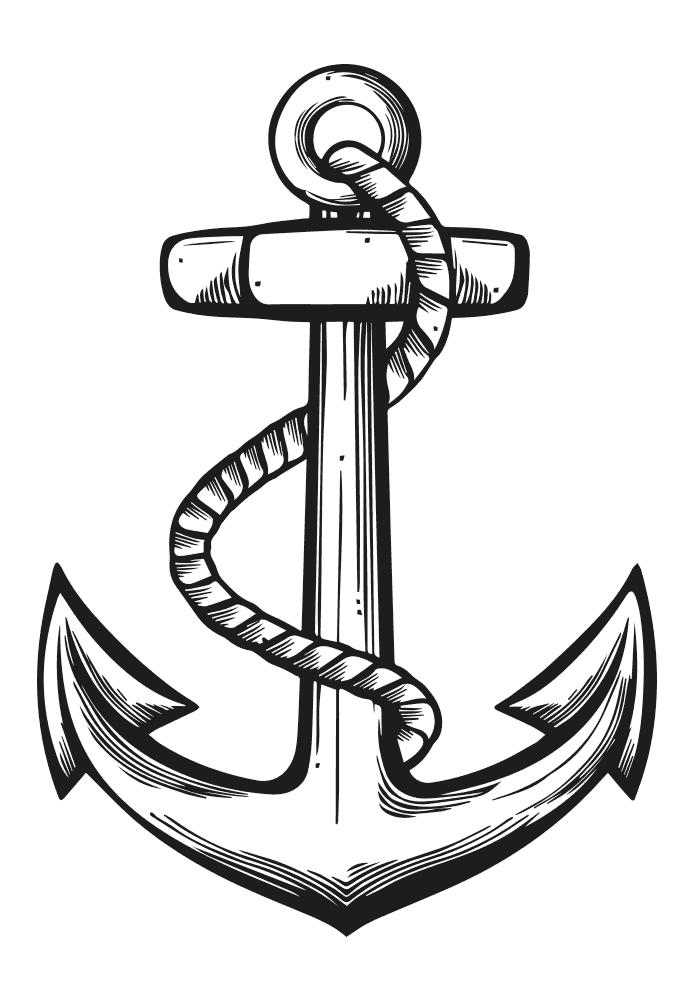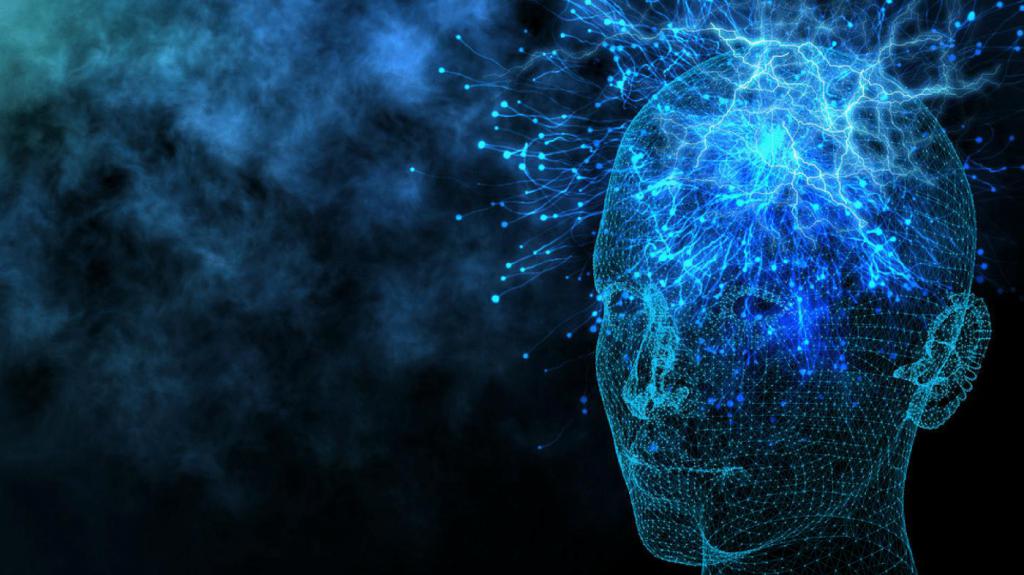NLP, or neurolinguistic programming, is one of the most powerful methods of influencing people and their subconscious. The technique is used in very serious areas - from forensics to personal growth. In addition to educational training, programming techniques can be mastered by studying books on NLP. The best will be named later in the article.
The concept of neurolinguistic programming
NLP is not a branch of neuro-linguistics that deals with the problems of communication between the language and the brain. Neuro-linguistic programming is an independent method of psychotherapy. Deciphering the concept of NLP, you can trace the essence of technology.
"Neuro" means the involvement of the neurological system of a person, that is, all the leading sensory organs - vision, smell, hearing, taste and touch.
The concept of "linguistic" means the union of language and human experience.
And finally, “programming” is a series of influences aimed at achieving a change in the emotional reactions and experience of a person.
History of NLP
The birthplace of neurolinguistic programming was the town of Santa Cruz in California (USA). It was here that the university was located, where young men with progressive views studied. A professor at the university and part-time one of the outstanding philosophers of his time, Gregory Bateson had a special influence on the formation of the NLP methodology. In the best books of the author, the basic principles of the method were highlighted.
One of the fathers of the method of neurolinguistic programming, John Grinder, from his youth was interested in the scientific concepts of the American linguist scientist Noam Chomsky. Such a passion resulted in the defense of a doctoral dissertation and the writing of a book in which problems of linguistics were considered. The work called On Deletion has become very popular among researchers in this area.
Already teaching at the University of Santa Cruz, John Grinder met a student Richard Bandler, who studied mathematics, cybernetics and showed a remarkable interest in behavioral sciences. A significant meeting took place in 1972. The scientific work of Bandler was greatly influenced by the work of the gestalt therapist Fritz Perls.
While studying other areas of modern psychotherapeutic thought, Bandler compared various methods of influencing the consciousness and subconscious. The result of this analysis was the first book of R. Bendler "Gestalt method through the eyes of a witness of psychotherapy."
Soon, thanks to the peculiar tradition of the University of Santa Cruz, where each student could try his hand at conducting a special course in psychotherapy, Richard Bandler opened his own practice. As a supervisor of one of the Gestalt groups, he invited John Grinder, who conducted seminars on linguistics at the university.
Supervisions were so informative that the professor soon became interested in psychotherapy in a broad sense. Soon, gestalt therapy exercises combined with the game and linguistic aspects led to the emergence of a new method in psychology - NLP. The best books in this direction (about them later) belong, of course, to its authors. Over time, they were joined by Milton Erickson and Virginia Satyr, who introduced some of the innovations in NLP, in particular, the concept of hypnosis and trance. The dictionary of neurolinguistic programming has been replenished with such terms as interrupt patterns, rapport. The method was enriched by the techniques of direct and cross mirroring, the use of breathing and voice, etc.
The method of neurolinguistic programming continues to develop in our time. Despite this, the works of its creators remain the best books of NLP:
- Richard Bandler, “Time for Change”;
- Richard Bandler and John Grinder, “From Frogs to Princes”;
- Richard Bandler, "Guidelines for Personal Identification";
- Richard Bandler, Reframing. Personality orientation using speech strategies. ”
The works of a famous scientist consider methods of changing thinking and perception in order to get rid of uncomfortable psychophysiological standards. Reading such works will be extremely interesting for both professionals and ordinary people who are at least slightly interested in the problems of psychology. Books are written in an accessible and slightly ironic manner, which contributes to an easy reading experience.
Key NLP Terms
Like every area of psychotherapy, neurolinguistic has its own special concepts. In the best NLP books for beginners, you can find an explanation of the following terms.
- A pattern means a piece of behavior that is regularly repeated.
- The channel of perception is a modality due to which a person learns the world around him. In NLP, there are three main channels of perception - vision, hearing, and feelings. In accordance with this, there are three types of modality - visual, auditory and kinesthetic directions.

- Construction - the image of the opponent's behavior patterns.
- Reflection - fine tuning to the patterns of behavior of another person.
- Calibration - the definition of external characteristics (usually non-verbal) of the internal states of the subject.
- The reality map is an individual model of the world around each person.
- The primary system is a set of representative human reactions to the world.
- Associations are an immersion in experiences whose reproduction by a person is perceived in reality.
- Rapport means the process of establishing the highest trust between people or within a group of subjects.
- Trans - a change in the state of human consciousness.
- Modeling a situation consists in mapping a person’s reality.
- A predicate is a word that refers to a certain type of representative system - visual, auditory or kinesthetic. Noting which predicates a person most often uses in his speech, one can determine his leading modality of perceiving the world.
- An anchor is any stimulus that is associated with a clear response. The technique of arranging anchors is based on creating a conditioned reflex.

Types of modalities of perception of the world
As mentioned above, a person perceives the environment through three representative systems - hearing, vision or feelings (touch, smell and internal sensations). Although the subject simultaneously owns all three types of modality, one of them is the leading one (representative).
In accordance with the foregoing, three types of people are distinguished:
- An audio is a person who is most focused on sound information (sounds, intonations of a voice, timbre of speech, etc.). In his stories, he often uses words denoting audio information: noise, screaming, twittering, voice, sounds, quietly, loudly, etc.
- Visual - a person, first of all perceiving everything with his eyes. Analyzing the speech of the visual, one can notice a frequent repetition of the words “visual” meaning: bright, clear, color, colorful, light, dark, etc.
- Kinesthetic includes all other senses - smell, taste, tactility, internal sensations. The predicate words of such people can be as follows: warm, cold, salty, painful, prick, stench, sweet, etc.
How to determine modality by eye movement
It is possible to determine a representative human system by the eyes. The best books on NLP recommend carefully monitoring the opponent’s little arms during the dialogue. All eye movements occur almost involuntarily, especially when a person is passionate about conversation.
It is believed that the right side of the body is responsible for the imagination, while the left side is responsible for recalling real events.
At the visual, eyeballs run in the upper part of the orbit. If during a conversation the interlocutor’s eyes suddenly crawled into the upper right part - then you have a classic visual in front of you, which also wants to trick or hide information. Up-left movement means that a person is trying to remember his past experience.
The audio is distinguished by the movement of the apple in the middle of the eye socket, and the kinesthetic prefers to hide his eyes down. The right and left side will testify to the truthfulness of the information of the interlocutor.
Principles of the technique
The main tenets of NLP technology are the following:
- Each person owns subjective experience, which determines his behavior.
- Any experience lends itself to reprogramming.
- A new human experience can be reprogrammed.
- A positive and negative emotional attitude towards upcoming events can be programmed.
- Neuro-linguistic programming is not hypnosis. As a result of this person, one cannot make any specific action.
- In the process of NLP, only the attitude of the subject to certain events changes.
- The work of an NLP specialist is based on one of three representative human systems (visual, auditory, or kinesthetic).
- In the process of neurolinguistic programming, the therapist reflects all the emotional states of the client, as well as his voice timbre, speed of speech, posture, etc. All this contributes to building trust between the specialist and his visitor.
Simple techniques for neurolinguistic programming
In the best books about NLP, beginners are presented with the most unpretentious methods of referral. Among the common exercises, the following can be distinguished:
- the technique “Trivia of Life” (presentation of a major trouble as a petty and not worthy of attention);
- exercise "After 50 years" (imagination in the details of an unpleasant situation or person after 50 years);
- the method “Illuminated film” (the presentation of unpleasant memories in a lighter way, until eventually the picture fades at all).
Rating of the best books on NLP by foreign authors
For beginners who have just begun to study neuro-linguistic programming, it will be useful to familiarize yourself with the following works:
- Joseph O`Connor and Pryer Robin, "NLP and Personal Relationships." The authors explain the reasons for the death of interpersonal relations between a man and a woman in our time, consider the basic principles of choosing a partner, give advice on how to remain yourself. After reading the book, the reader will learn how to freely express their feelings and enjoy sex differences, rather than trying to overcome them.
- The same Joseph O`Connor, in collaboration with John Seymour, created a work entitled "Introduction to Neuro-Linguistic Programming." The book discusses a variety of NLP techniques that are useful in establishing communication in business, education, and psychotherapy. The techniques described here are effective in all areas of human activity.

- Joseph O`Connor and Ian McDermont, NLP and Health. The book talks about how to overcome health problems and prevent dangerous diseases using neuro-linguistic programming. This book is considered one of the best books on NLP for beginners. The basic principles of neuro-linguistic programming techniques are described here. In addition, not only the basic tenets of the direction are indicated, but also those areas of human life in which the method finds its application.
- Leslie Cameron-Bandler, "Since then, they have lived happily ever after." The book of the wife of the founder of NLP, Richard Bandler, teaches how to transform a premonition of personal pleasure into reality. With the help of an easy syllable and amusing examples, quite serious postulates are stated, the basic exercises of the method are described. Even a beginner can master this therapeutic guide.
The best books on NLP in our country
Neuro-linguistic programming is very popular in different countries of the globe, including Russia. Among the best books of NLP that have come out of the pen of domestic experts, the following can be distinguished:
- “Wait, who's leading?” Dmitry Zhukov;
- “How to manage yourself and others with the help of NLP”, “NLP. The Big Book of Effective Techniques ”,“ NLP. More than hypnosis ”,“ NLP for parents ”by Diana Balyko and others.
According to reviews of the best books on NLP, these works help to gain self-confidence and get rid of many complexes. Such “textbooks” provide an opportunity for beginners in the field of neuro-linguistic programming through simple exercises to help not only themselves, but also others to deal with many problems, improve relationships with others, improve well-being and look at the world differently.